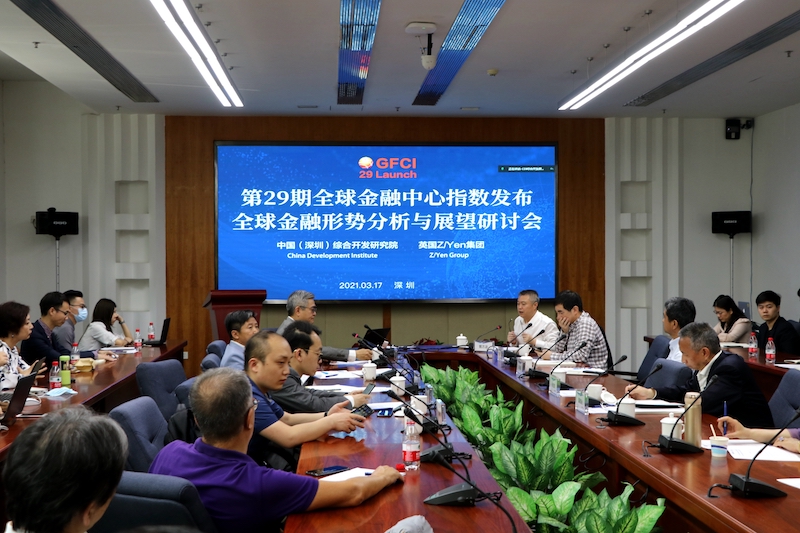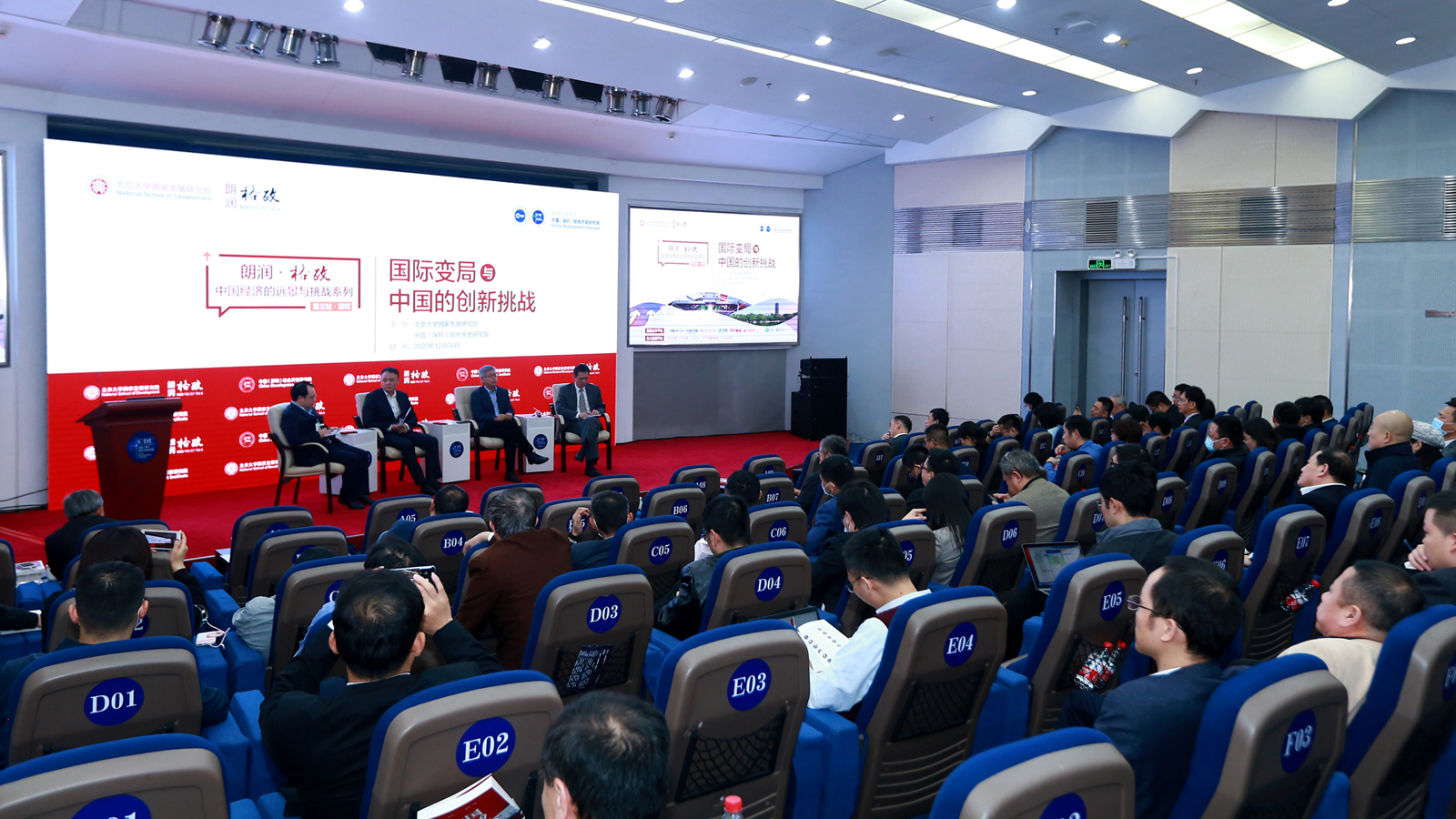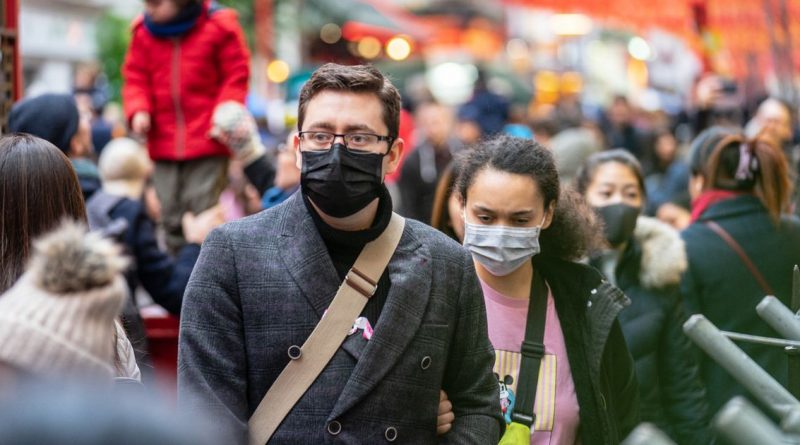Seminar on global economic outlook and launch of Global Financial Centres Index 29
Information
With global economies struggling to revive, the global financial market is faced with both challenges and opportunities. The seminar brought together industry experts to comment on the outlook of global economy and the reshaping of international and domestic financial market.
After the seminar, the GFCI 29 launch was held in partnership between Z/Yen Group and the China Development Institute through a webinar, with the support of the Hong Kong Financial Services Development Council. The Global Financial Centres Index has been tracking the development of the world’s financial centres since 2007 and is the authoritative guide to financial centre success. The webinar presented GFCI 29 results and how financial centres are progressing, and talked about Hong Kong’s latest development and the development of Chinese financial centres more widely.
Date: March 17, 2021
Host: CDI, Z/Yen Group, Hong Kong Financial Services Development Council
Theme: Seminar on global economic outlook and launch of Global Financial Centres Index 29
China’s economic outlook amid the new international challenges
Information
On December 4th, the China Development Institute and the National School of Development at Peking University co-hosted a policy talk on China’s economic outlook amid the COVID-19 outbreak and the new international challenges. The event was also livestreamed on multiple media outlets.
CDI and NSD scholarsshared their insights on the economic challenges faced by China in a time of global uncertainty. These panellists suggested that China needs to continue its endeavours in scientific research, technological innovation, reform of state-owned enterprises and the finance industry.
Date: December 4, 2020
Host: CDI, NSD
Theme:China’s economic outlook amid the new international challenges
Connecting business, promoting shared prosperity and sustainability in the post-Covid new economy
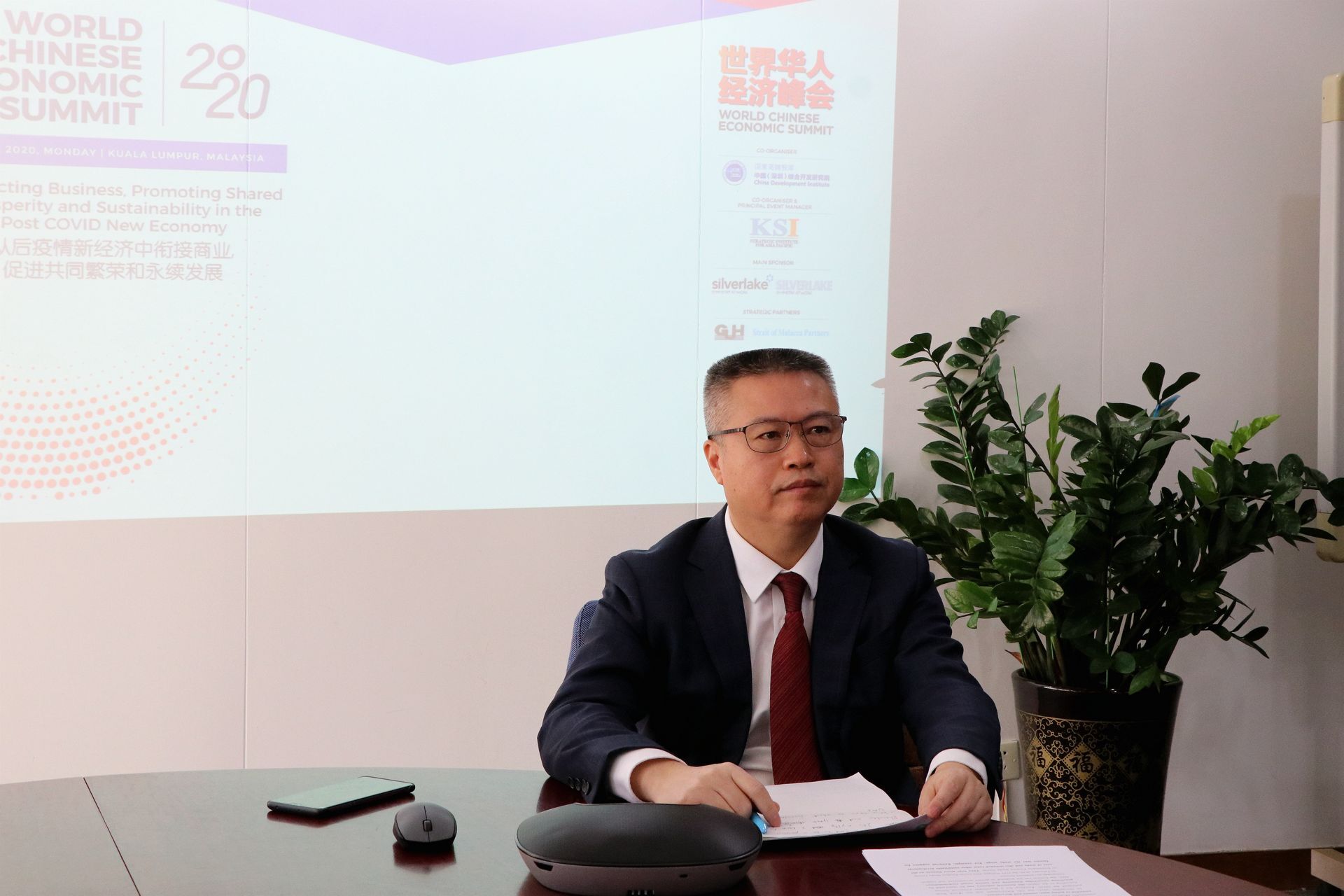
This year’s edition of World Chinese Economic Summit was held in Kuala Lumpur, Malaysia on December 21, themed “connecting business, promoting shared prosperity and sustainability in the post-Covid new economy”.Amid this winter’s resurgence of coronavirus cases, panelists agreed that international economic cooperation is pivotal and pressing even though global trade tension continues.
With a focus on economic reinvigoration and international trade and investment under the post-Covid new normal, Prof. Fan Gang, President of CDI, and Dr. Guo Wanda, Executive Vice President of CDI, spoke on China’s economic outlook and “dual circulation”, and the promotion of sustainable financing for Belt and Road Initiative.
China’s economic outlook amid international challenges
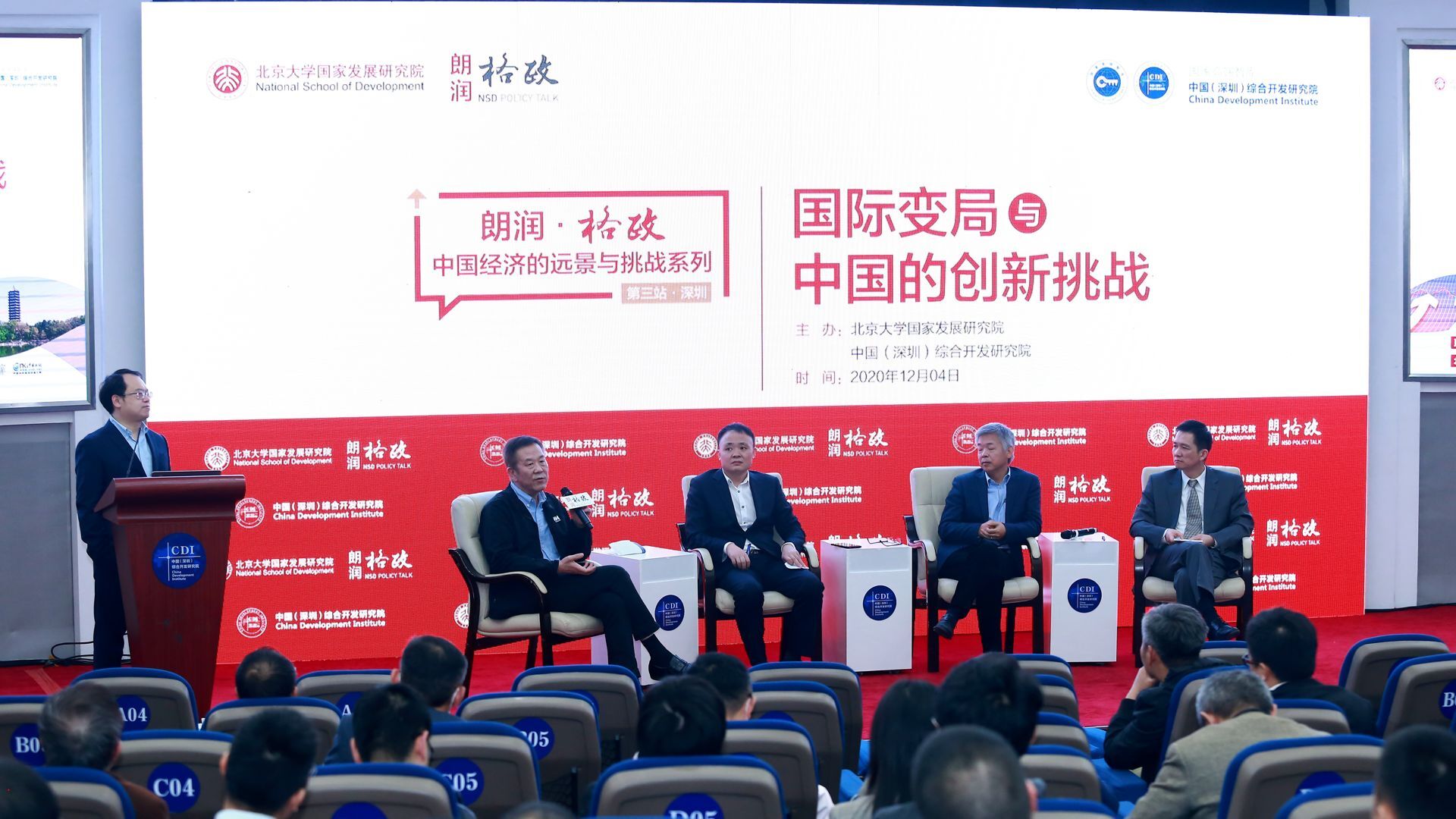
On December 4, China Development Institute and National School of Development at Peking University co-hosted the 149th NSD Policy Talk on China’s economic outlook amid the COVID-19 outbreak and new international challenges. The event was also livestreamed on multiple media outlets.
Prof. Fan Gang, President of CDI, Prof. Yao Yang, Dean of NSD, Prof. Tang Jie, former Deputy Mayor of Shenzhen, Prof. Huang Yiping, Deputy Dean of NSD, and Dr. Zheng Shilin, Research Fellow of NSD shared insights on the economic challenges that China faces in a time of global uncertainty. The panelists suggested that China needs to continue the endeavor in scientific research, technological innovation, reform of state-owned enterprises and finance industry.
China’s economic recovery from COVID-19 will be slower than it was for SARS
Contributor: Fan Gang, President of CDI,Yuwa Hedrick-Wong, Chief Economics Commentator, Forbes Asia
Editor’s Note: China’s economic recovery will be unlike the V-shaped rebound from the SARS outbreak in 2003. The structure of the Chinese economy today is very different from 2003, and China will also face global headwinds as the economies in North America and Europe are slowing down because of COVID-19. Expect a more gradual recovery.
Since the SARS outbreak in 2003, China’s economic structure has become more domestic consumption-led in an expanding service sector, and less dependent on infrastructure investment and manufacturing. It is ironic that this positive development is a key reason why the Chinese economy is hit harder this time by COVID-19 than it was by SARS. An epidemic’s economic impact stems from the need to isolate people, which instantly restricts their movement, hence their ability, let alone desire, to spend in terms of entertainment, shopping, travel, socializing, and so on. In 2003, investment counted for about 55% of China’s GDP, and with investment/construction projects having kept going, economic growth continued and the recovery was very quick. Although the GDP growth rate was down by about 5% in the second quarter, the annual growth of 2003 still ended up higher than 2002 by 1%. In contrast, investment in 2019 accounted for less than 40% of GDP, while consumption had risen to 60%. Corresponding to the rise of the weight of consumption in the economy is the expansion of the service sector, which now account for 54% of GDP. In a recovery from an epidemic like COVID-19, restarting activities in private consumption is much slower than restarting investment and manufacturing. This is indeed corroborated by a slower “restart ratio” in consumption and services compared with the “restart ratio” in investment and manufacturing. As a result, the preponderance of consumption and services in the Chinese economy today means that we will not see a sharp V-shaped recovery from COVID-19 as in 2003 as illustrated below.
Furthermore, COVID-19 is a much trickier virus because it can be spread by people who are showing no symptoms at all. It therefore requires longer periods of quarantine and social distancing, which in turn makes the restart of economic activities even slower compared with SARS. The speed and extent to which COVID-19 became global is yet another key difference with SARS. Even as the Chinese economy is returning to normal, Chinese companies have to prepare for a “second wave” of breakdowns of their global supply chains due to the shutdown of foreign factories and international transportation. At the same time, China has to tackle “imported infections” as thousands of Chinese nationals are returning home to “safe-heaven” to escape COVID-19 that is raging in other countries.
It would come as no surprise to see China’s GDP growth rate for the first two quarters of this year down to a very low range of 2% to 3% year-over-year. In the second half of 2020, recovery will gear up, partially thanks to the timely fiscal stimulus and monetary support announced by the government. However, for reasons mentioned above, and given the unfavorable global economic and financial conditions, it is highly unlikely that growth in the second half of the year could be sufficient to bring the full year of GDP growth back to a “normal” level of 6%. Don’t expect a V-shaped recovery like in 2003.


